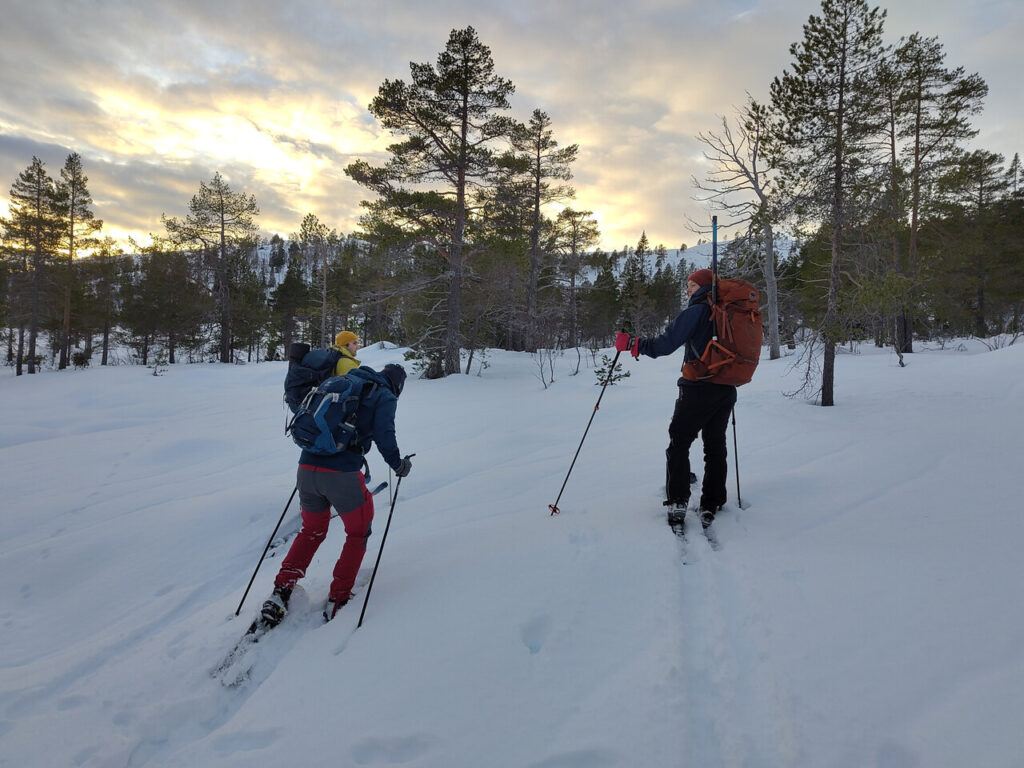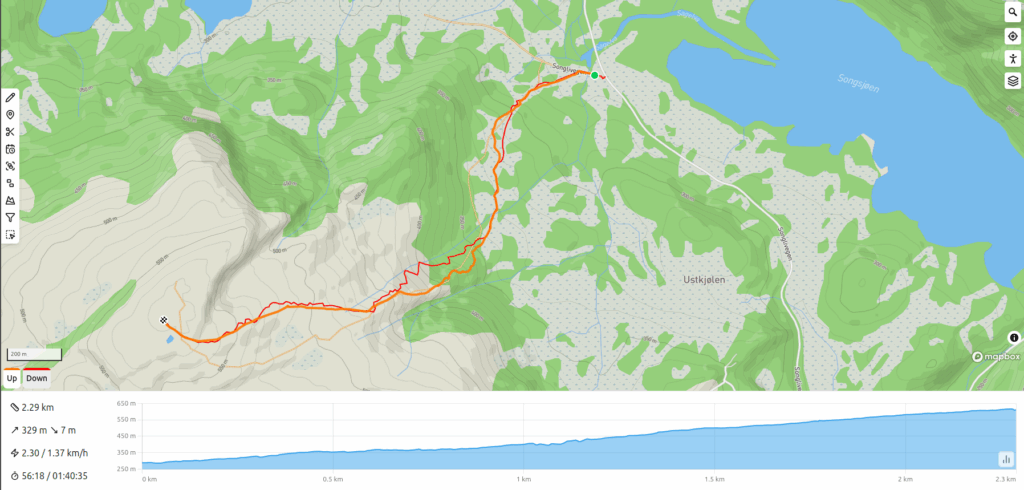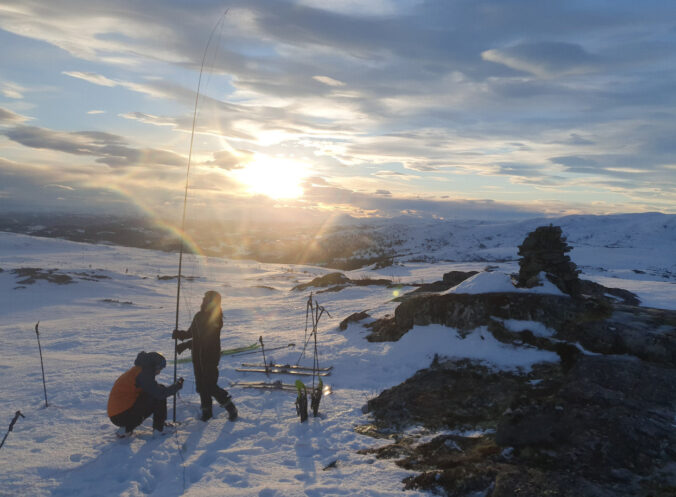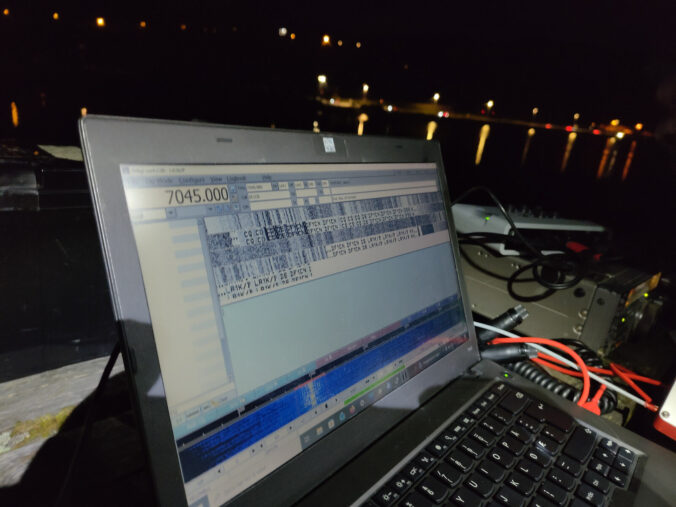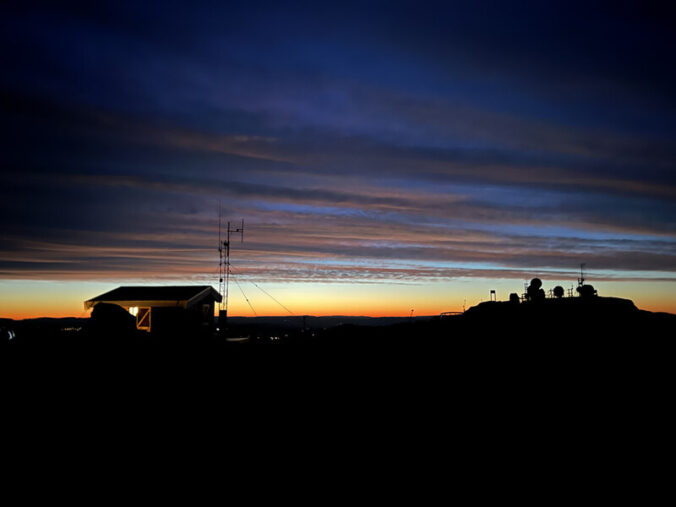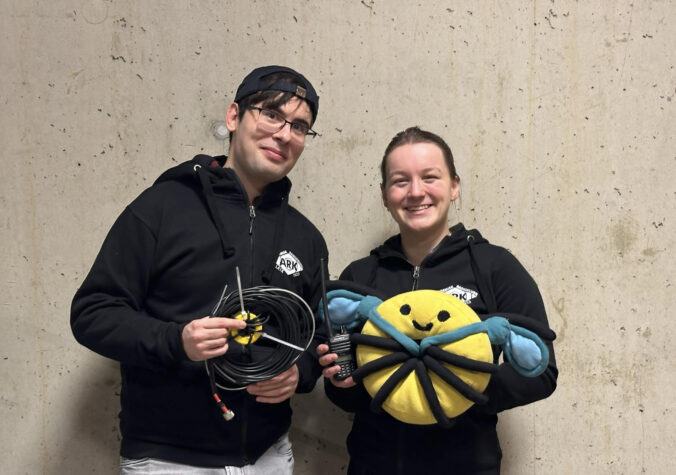It’s snow season again, which is no excuse for not going on SOTA hikes. In fact, it’s the perfect opportunity to finally get the skis and snowshoes out and enjoy the snow. On 6th December, we took our first SOTA trip of the season in the snow. LB5DH found a nice summit, which was twice activated before from LA9DSA in May 2020 and in April 2023. Jamtfjllet earns three additional points for activation during the winter months.
In the morning, a small group of four met at Samfundet to gather the equipment. We took the FT-891 radio, the tuner, and the 20 m and 15 m antenna wires for the small antenna mast. With the car, we arrived one hour later at the planned starting point at 11 o’clock and equipped the skies with the skins or put on the snowshoes. It was quite cold in the valley, with ice crystals covering all the trees.
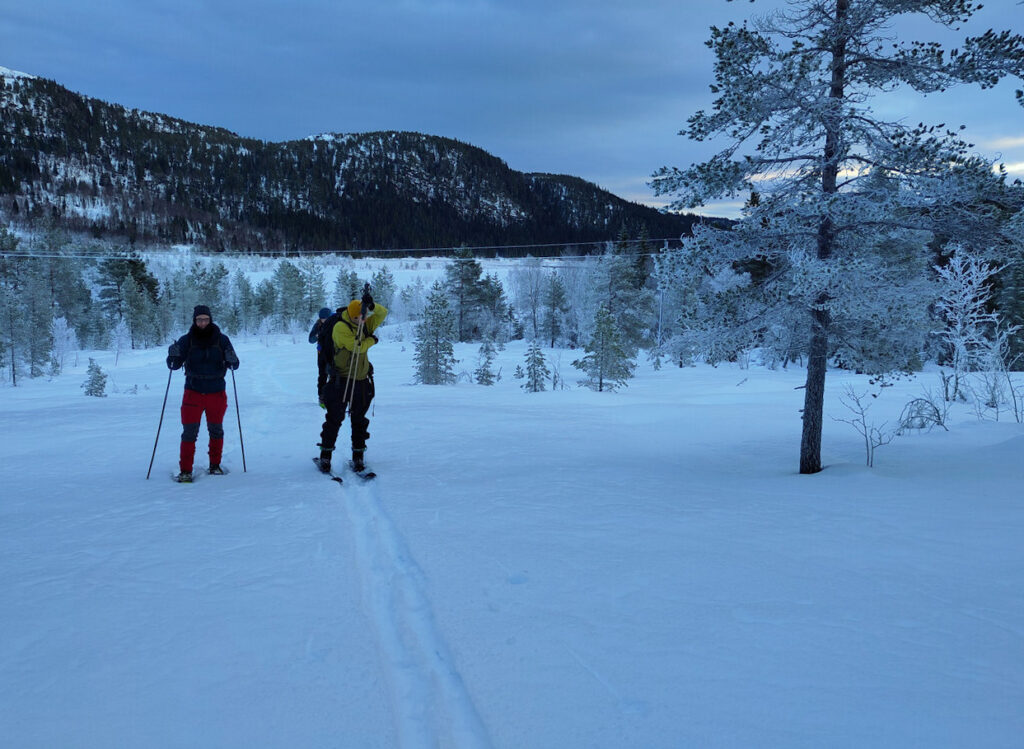
We more or less followed the summer route and the track from LA9DSA to the top. This took us about an hour and a half until we reached the stacked stones marking the summit. The weather was great, with sunshine and only a few clouds. However, it was cold and windy at the summit, so LB5DH built a bench in the snow on the leeward side with a mattress from Sindre to create a nice temporary radio shack. Meanwhile, Sindre, LB0CJ and DB4STI set up the 20 m antenna near the summit.

We were soon ready to make some contacts. LB5DH found a free frequency and called CQ. The first seven contacts were made quickly, after which the microphone was handed over to DB4STI, who went on to make a further 12 contacts, including a summit-to-summit with OK/OM4JST in the Czech Republic. LB0CJ then finished with 14 more contacts. The conditions were great, but there was also some interference, so it was difficult at times. We made contact with most of Europe, with Greece and Spain being the furthest away.
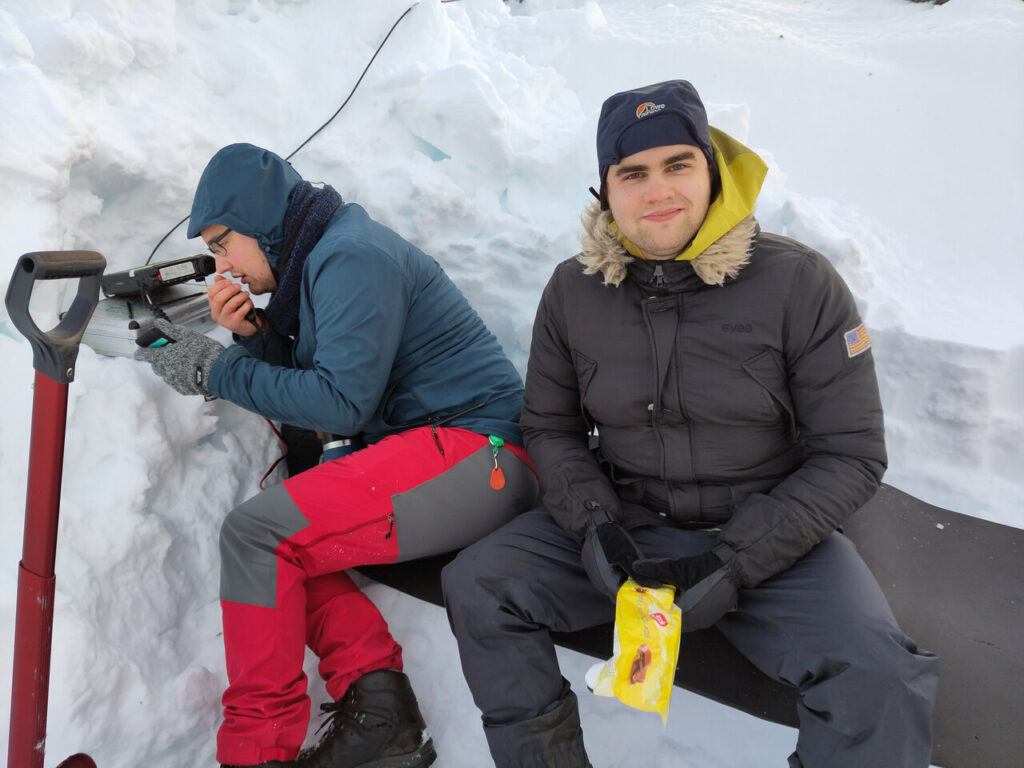
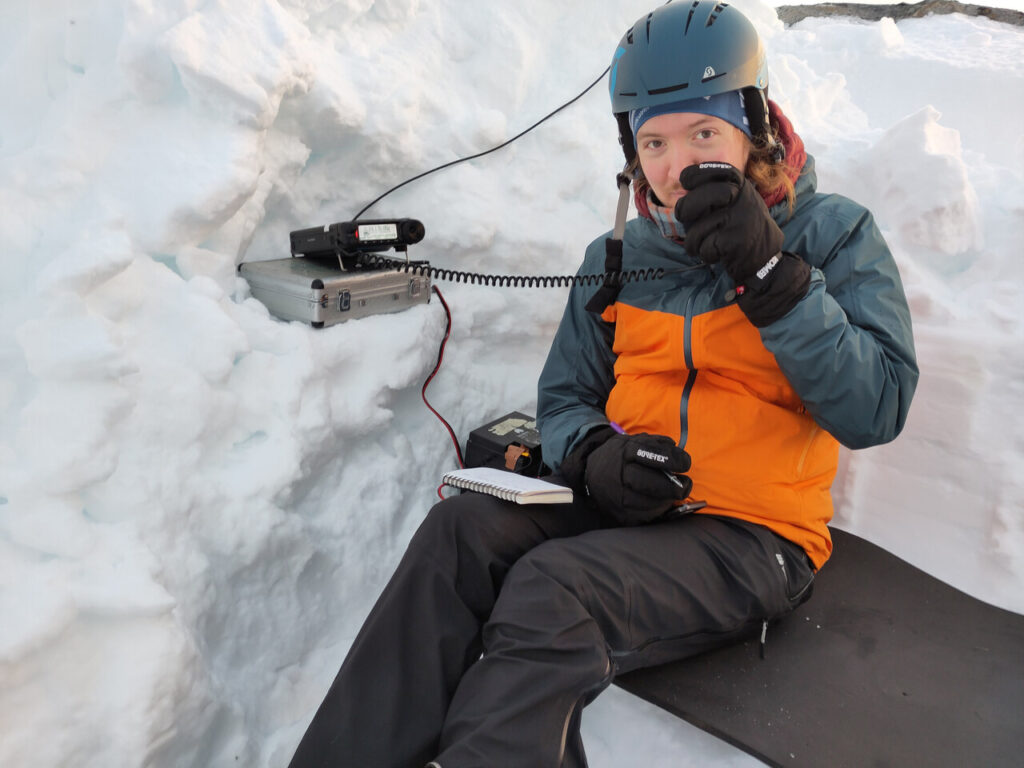
We stayed for about an hour and a half before we all started to feel cold. As the sun was about to set at 14:39, we packed our gear again because we had to go down again and we were not keen on doing this in the dark. Then we started the descent. On skis, it was faster, but the icy, crusted snow was not a great experience. Still, it was a good start to the snow season. With snowshoes, on the other hand, it was fun running downhill and getting warm again. We managed to get back to the car in only 45 minutes and drive back to Trondheim.
